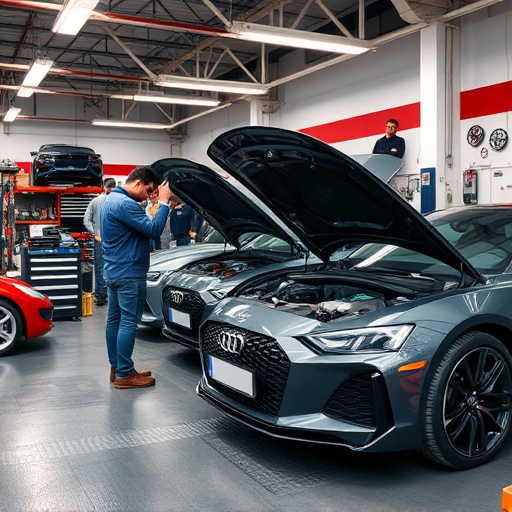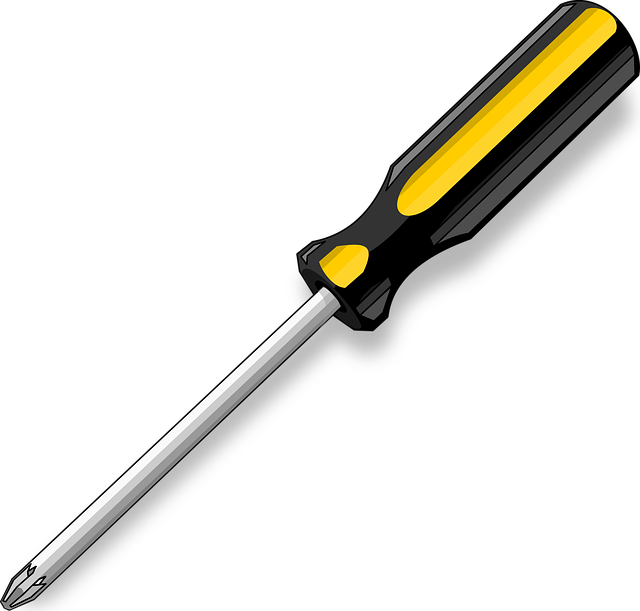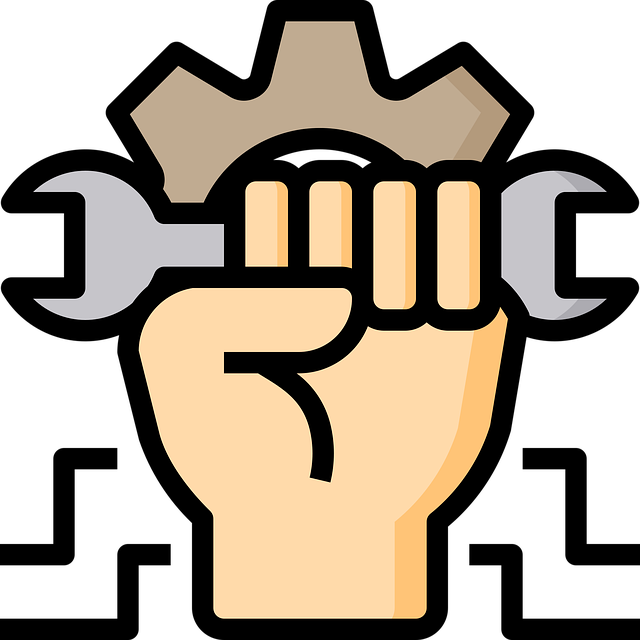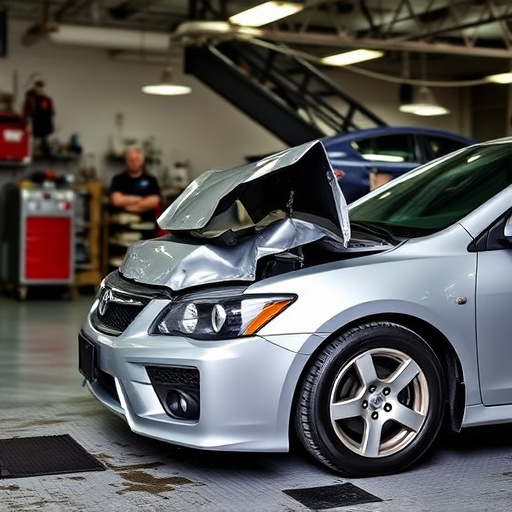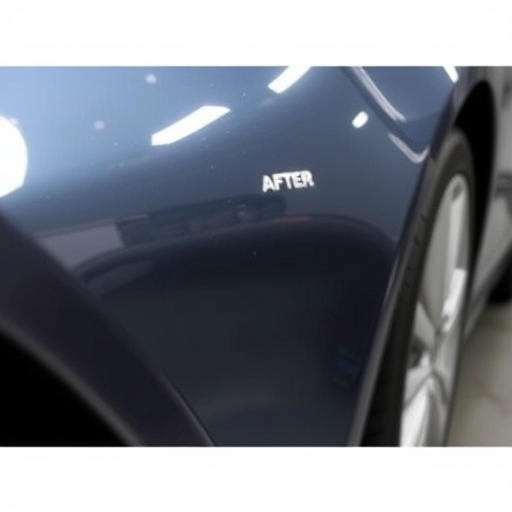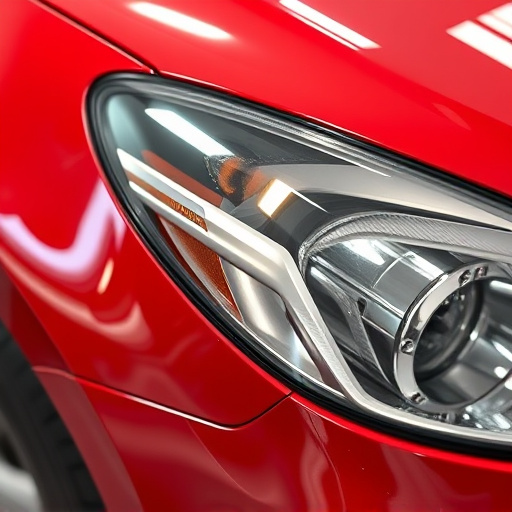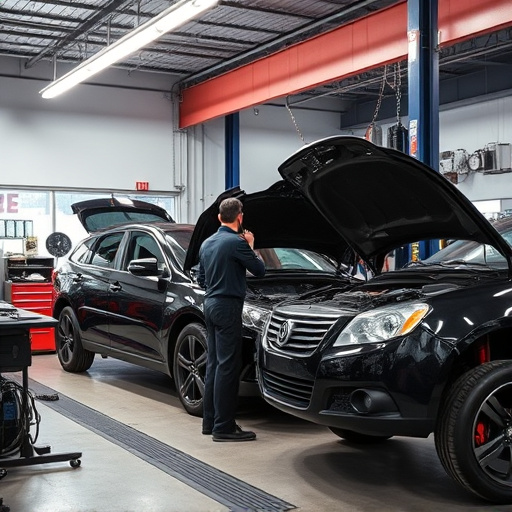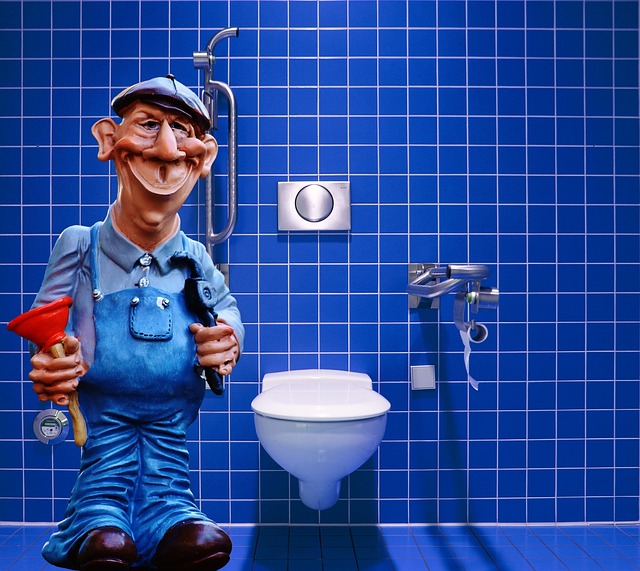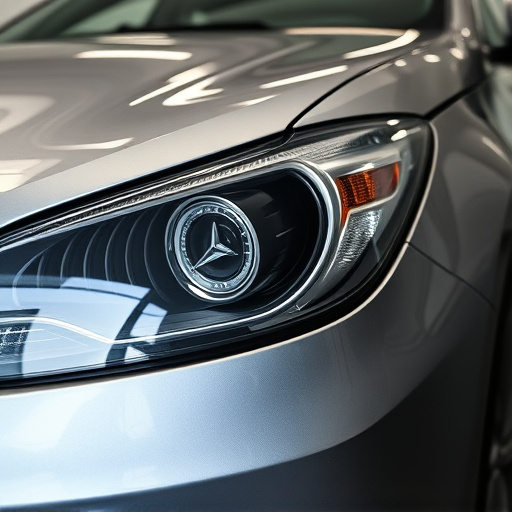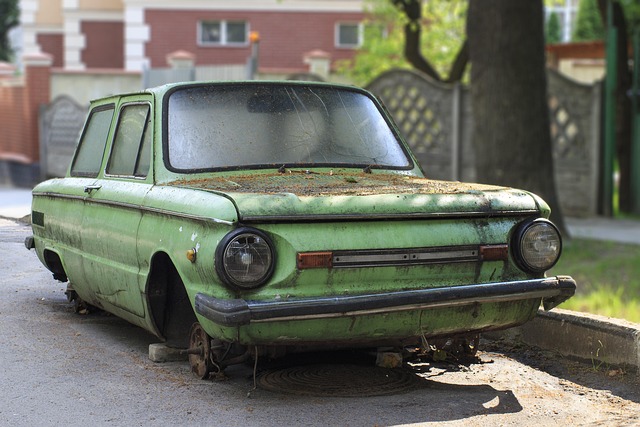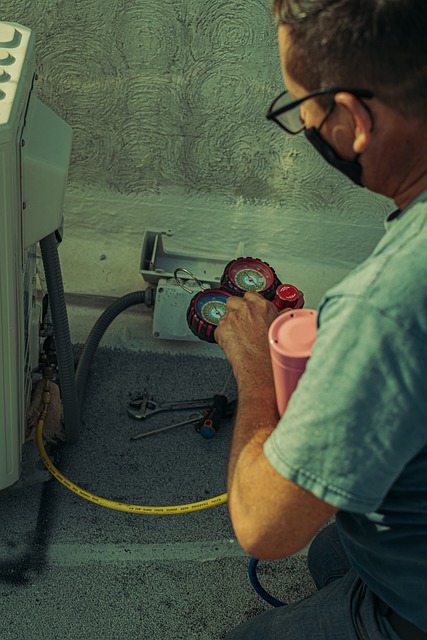PDR tools are evolving with advanced digital and smart technology, streamlining auto body repairs and tire services. Leveraging AI and machine learning, these tools enhance precision, improve efficiency, and reduce repair times, fostering customer satisfaction. Future advancements in AI and machine learning will further revolutionize PDR processes, enabling faster, more accurate repairs and meeting market demands.
“The evolving landscape of property damage repair (PDR) is being transformed by digital and smart PDR tools technology, revolutionizing how professionals address vehicle repairs. This article explores the significant advancements in PDR tools, highlighting their role in enhancing efficiency and precision.
From traditional methods to the latest smart technology integrations, we delve into the future of PDR, where advanced tools promise even greater capabilities. Get ready to navigate the bustling world of innovative PDR solutions.”
- Revolutionizing Property Damage Repair: PDR Tools' Evolution
- Smart Technology Integration: Enhancing Efficiency in PDR
- Future Trends: Advanced PDR Tools and Their Impact
Revolutionizing Property Damage Repair: PDR Tools' Evolution
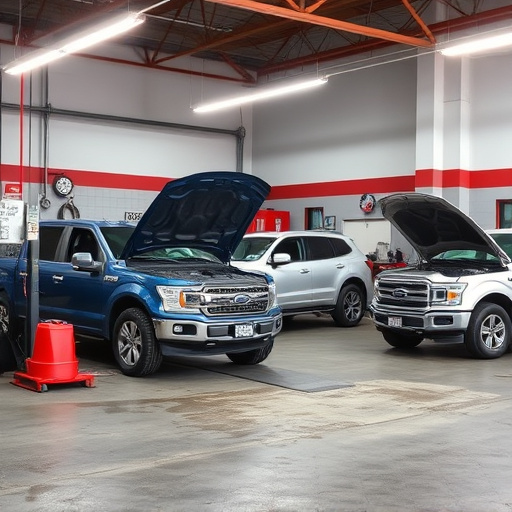
The evolution of PDR tools is ushering in a new era for property damage repair, transforming the way auto body repairs and tire services are delivered. Traditional methods, once labor-intensive and time-consuming, are being revolutionized by advanced digital and smart technology. These innovative tools are designed to streamline processes, enhance precision, and improve overall efficiency.
From simple hand tools to high-tech devices, PDR tools have come a long way. Today, they offer features like real-time data analysis, precise measurements, and automated repair processes, enabling faster turnaround times and better quality auto body repairs. This technological advancement not only benefits repair shops by increasing productivity but also ensures customers receive their vehicles in pristine condition, fostering satisfaction and building trust in the industry.
Smart Technology Integration: Enhancing Efficiency in PDR
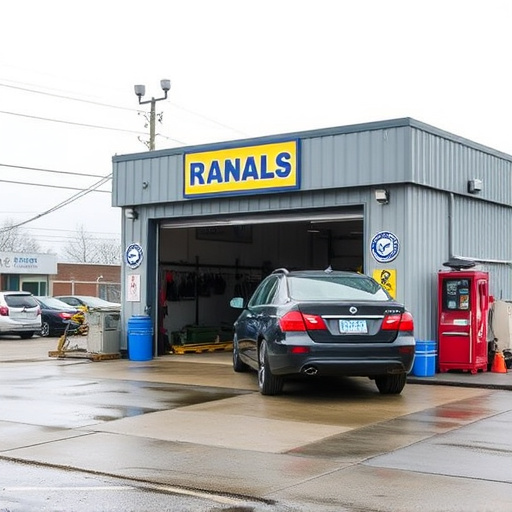
The integration of smart technology into PDR tools is transforming the landscape of automotive collision repair. These advanced tools leverage artificial intelligence and machine learning to streamline processes, making auto maintenance more efficient than ever before. By analyzing data from sensors and previous repairs, smart PDR systems can provide accurate diagnostics, suggest optimal repair procedures, and even predict potential issues before they occur. This level of sophistication not only reduces human error but also shortens repair times significantly.
In the realm of automotive repair services, this technological advancement is a game-changer. It allows technicians to access real-time information, ensuring they have the most up-to-date knowledge and resources at their fingertips. Consequently, smart technology enhances the overall quality of auto maintenance, leading to more satisfied customers and improved business operations.
Future Trends: Advanced PDR Tools and Their Impact
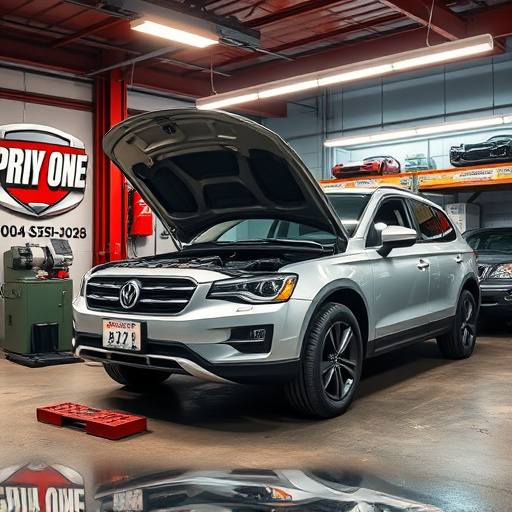
The future of PDR tools is poised for significant advancements, revolutionizing the way collision repair shops and auto body technicians conduct their work. Advanced technologies such as artificial intelligence (AI) and machine learning are set to become integral parts of PDR toolsets, enabling precision and efficiency previously unattainable. AI-driven systems can analyze complex damage patterns, predict repairs, and provide step-by-step guidance, reducing the time and cost associated with auto body repairs.
These cutting-edge PDR tools will not only streamline processes in collision repair shops but also enhance the overall customer experience. By minimizing downtime due to intricate fender bender repairs or other auto body damages, these advanced technologies can help businesses operate more effectively and provide faster turnarounds. The impact of such innovations promises to reshape the industry, making it more efficient, accurate, and responsive to evolving customer needs.
The evolution of PDR tools, driven by digital innovation, is transforming the property damage repair industry. Smart technology integration has already enhanced efficiency, precision, and productivity in PDR processes. As we look ahead, advanced PDR tools powered by AI, robotics, and IoT promise even greater benefits, revolutionizing how repairs are conducted. These future trends will not only streamline operations but also improve customer satisfaction and reduce overall repair costs. Embracing these digital advancements is crucial for PDR businesses to stay competitive and meet the growing demands of the market.

